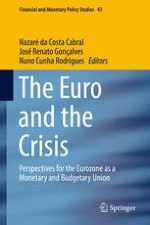This book analyzes the effects of the recent crisis and evaluates potential solutions to the gridlock that is currently dominating the Eurozone and the European Union, concerning both the monetary policy and the budgetary and fiscal policy. The timely study highlights the main challenges that European political leaders will face in the months to come. Furthermore, its interdisciplinary approach embraces economic, financial and legal perspectives, so as to ensure the global coherence and comprehensiveness of its content. The contributors to this volume are prominent experts from the areas of Economics, Finance, Law, and Political Science, offering readers a multifaceted view of the topics discussed.
